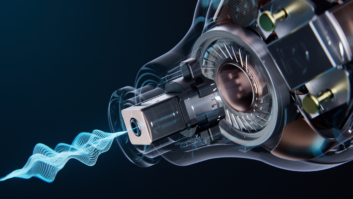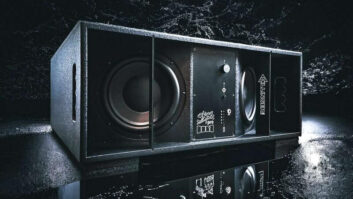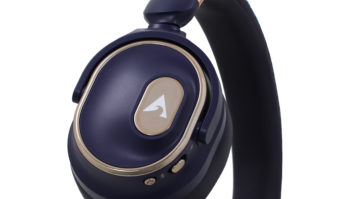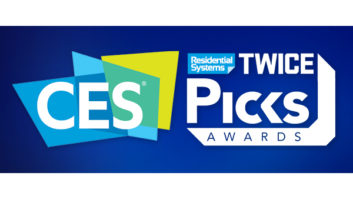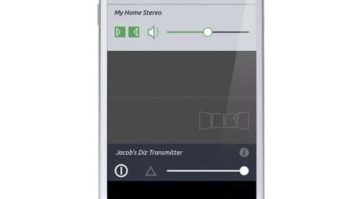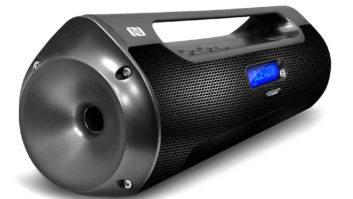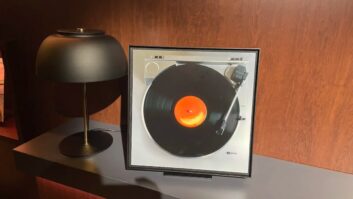There is a basic synergy between recorded sound and the human spirit. People react to recorded music in a visceral way. You hear something, it moves you, and you want to hear it again. I know this as a record producer, technology executive, industry association volunteer and, most importantly, as a music lover.
Recorded music companies, consumer electronics audio manufacturers, music retailers and CE stores live and breathe the same air. The challenge in today’s digital music universe is ensuring that consumers give as much consideration to their audio equipment as their music files.
The good and bad news is that people can enjoy recorded music even when the sound quality is lacking. For those who believe that today’s MP3 files sound bad, imagine listening to recorded music on Edison’s cylinder machine! But poor sound quality could never compete with humans’ innate love for music.
Today, high-resolution playback equipment and surround systems can make that same music sound rich and exciting. A whole world of recorded music and CE gear is available to make music even more enjoyable.
Unfortunately, audio gear manufacturers have no control over how people (like me) produce music. There are many low-bit-rate files that “sound” better than many SACD or DVD-Audio discs — the music is the controlling factor. For me, hearing Norah Jones on an iPod through a great playback system is far more exciting than hearing a hi-res disk with some music that I don’t know.
Thiel had this in mind when it put together its demo at the 2005 International CES. By feeding an iPod into a six-figure playback system, they were able to create amazing results.
Like many consumers today, I love my iPod, so this demonstration was a creative way to link the popular device to high-end audio equipment and get consumers thinking not only about the music, but about the quality of sound. Compelling demonstrations such as this are critical in today’s digital audio world.
Every time we excite a consumer with surround sound, we’ve enhanced the possibility of selling them a surround system. Consumers have been repeatedly exposed to demonstrations from DTS and Dolby, courtesy of their local movie theaters. Not surprisingly, those companies have set a kind of standard for surround listening.
The DualDisc will succeed in getting surround into more homes as well. Somers labels are releasing these disks with DVD-A mixes. Sony/BMG put Dolby Digital AC3 (only) on some disks.
Despite the advances in high resolution audio, low-bit-rate listening certainly is not going away. I believe that iTunes will continue to dominate in the low-resolution market.
A relatively new company, MusicGiants, is selling Windows Media lossless files, which when played back are identical to the files coming off a CD. These files cost more than $1 since they are real CD quality. Stores like iTunes and MusicGiants will prevail in the digital music space because both have business models that make sense, and both sell hardware as well as downloads.
Pairing great music with great audio is both easier and more difficult in the digital world because consumers have more choices in where and how they listen to their music. The key is to focus on the particular consumer. The people who need access to 10,000 songs may be more concerned with quantity than quality. Serious music consumers will buy the music they want and be more willing to invest in the right equipment to make it most enjoyable.
If the industry continues to push the notion that great playback is important whether the source is MP3, iTunes, Dolby or DTS, we can help educate consumers and persuade them to buy more audio gear.




